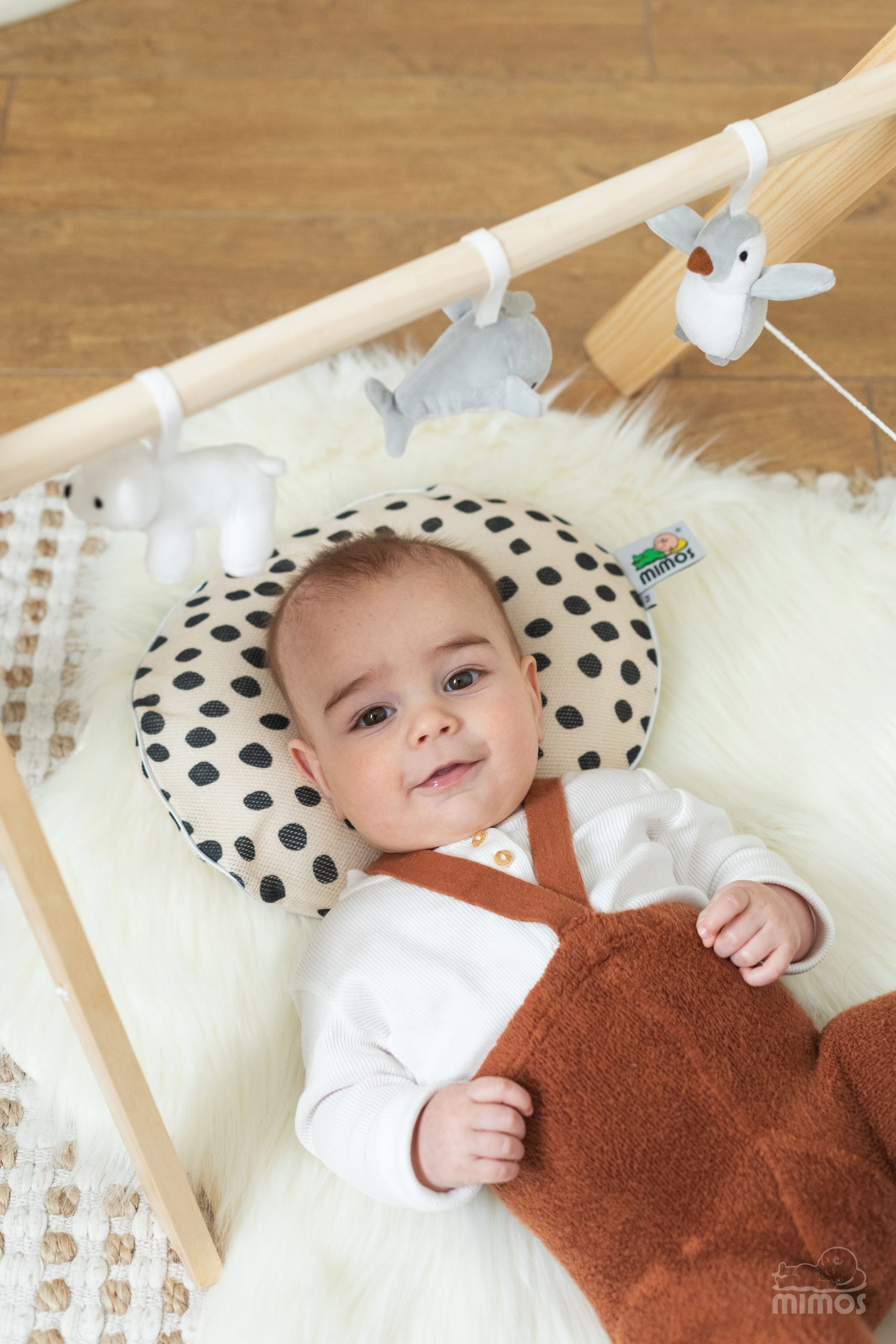Baby Flat Head Syndrome
What is flat head syndrome?
___________
Flat Head Syndrome is the flattening of one or both sides of the skull. It most commonly occurs in the first 3 months of life, when the skull is still malleable and the head and brain are growing very quickly.
The term particularly describes a flattening to one side at the back of the head, but some facial asymmetry often results too.
In the moderate to severe cases, the following symptoms may also occur:
- Variations in the alignment of the eyes
- One eye appears larger than the other
- The ear on the affected side may be pushed further forwards the front of the head compared to the other side.
- One cheek appears fuller than the other.
- The forehead on the affected side becomes more prominent.
The most common form of this syndrome is called Plagiocephaly, but there are several types as shown.
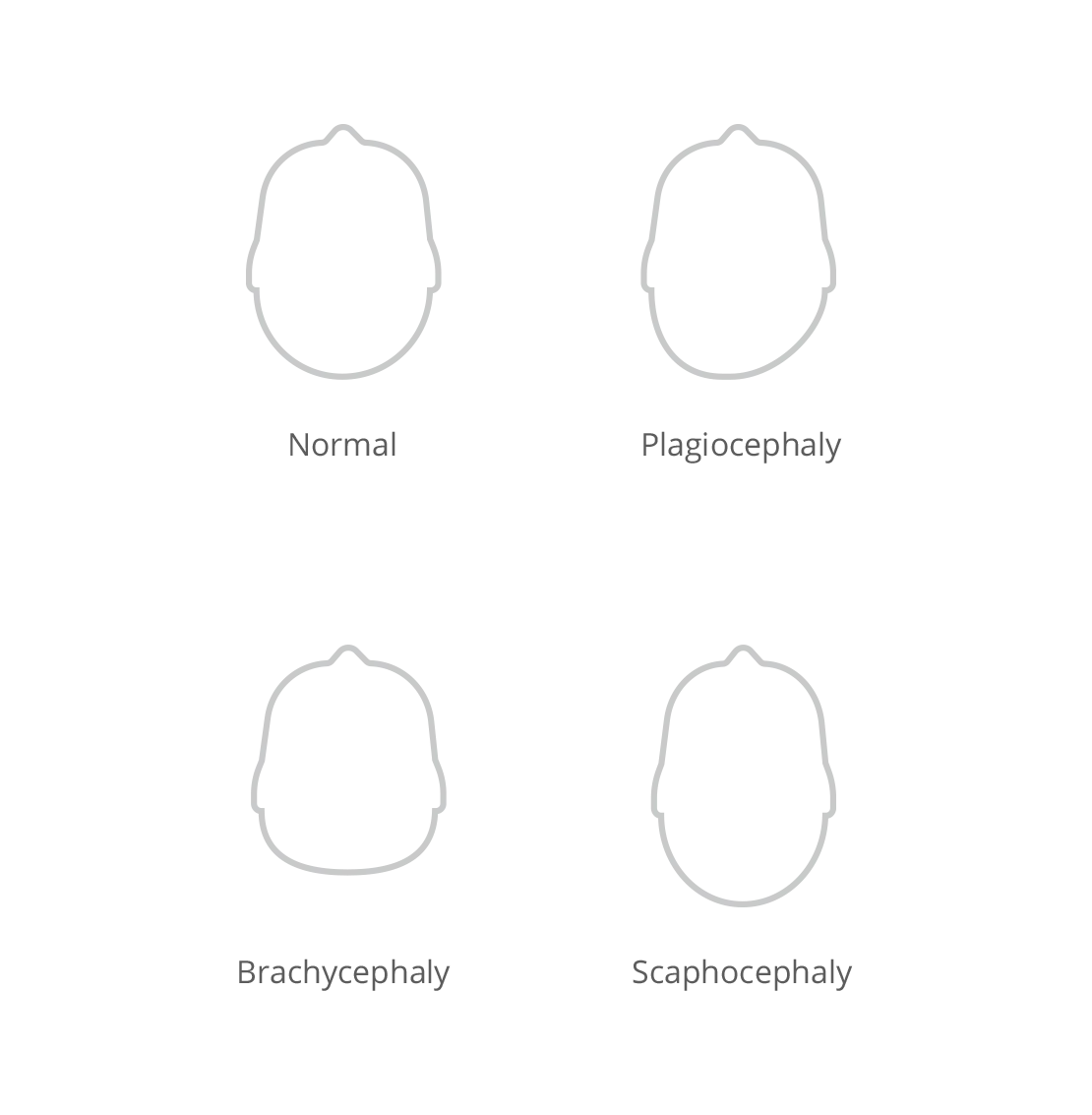
If you feel that your baby already has a flat spot, you should seek a formal diagnosis from a fully qualified paediatrician as soon as possible.
What are the causes?
___________
Back-Sleeping Pressure
The positioning of the baby’s head is one of the main reasons for the appearance of these deformities, if a baby’s head stays in the same position for long periods of time, with specific areas lying against a flat surface, then those parts of his skull may become flattened.
With the recommendation that babies should sleep on their backs to prevent Sudden Infant Death Syndrome (SIDS or ‘cot death’), Plagiocephaly has increased dramatically due to the constant pressure that this sleeping position produces on the rear of the skull.
Infant Seating
It has been noticed that extensive use of car seats, infant swings and bouncy seats also contributes to Plagiocephaly. With extended use of these devices, the back of the head is placed against a rigid, unyielding surface. The resulting deformity can be severe, even causing "cornering" or "squaring" of the head.
Prematurity
The skull of the premature infant is softer than a full term born baby and they are more prone to positional plagiocephaly since they spend most of the time on their backs without being moved or picked up, due to their medical needs and extreme fragility after birth.
Sometimes new-born babies are unable to turn their head in one direction due to neck pain, resulting in a preferred head position placing constant pressure on one part of the skull.
Plagiocephaly can also found at birth as the result of a restrictive intrauterine environment, this effect is particularly prevalent in premature babies.
Congenital Muscular Torticollis (Wryneck)
This condition, which often develops in the first 2-4 weeks after birth, is where neck muscles develop a tightness, causing the head to tilt and/or turn, this tightness can cause the head to be held in a single position, which can result in Plagiocephaly.
Multiple Births
A crowded womb can also limit the movement of babies, resulting in pressure on the skull.
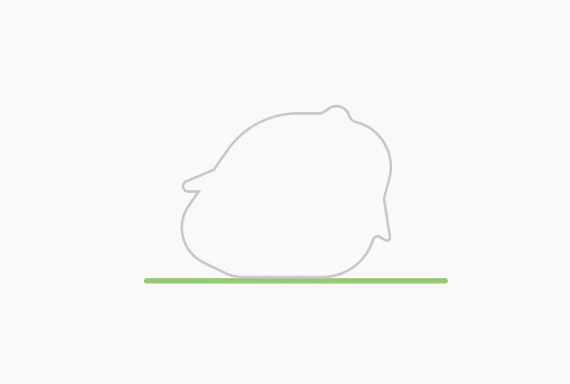
What are the risks?
___________
It Might be a Serious Problem
In the past, parents have been advised that Flat Head Syndrome was purely a cosmetic concern which would fix itself. In more recent years, however, clinical studies have been done to investigate what longer term effects might be associated with a diagnosis of head flattening and/or torticollis.
While more comprehensive studies are still ongoing, recent research suggests that infants with plagiocephaly and/or torticollis may have other associated problems such as:
- A high risk for learning delays and developmental delay
- Increased need for special services when the child reaches school age
- Orthodontic and TMJ issues
- Scoliosis
- Visual disturbances including visual field defects, and astigmatism
- Auditory problems
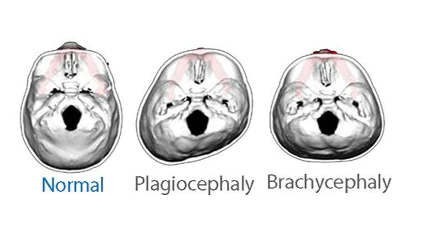
Preventing flat head syndrome
___________
Moderate use of baby care devices
Overuse of baby care devices such as baby bouncers or car seat can cause "container syndrome". This syndrome has various side effects and health problems of which one is flat head.
Repositioning and baby handling
When your baby is awake try to use such positions as lying on both side alternately and most importantly lying on the tummy.
Try to handle and carry your baby in various positions and do not have a persistent one such as carrying only on one hand.
Be aware of circumstances that you can not avoid
- Many studies have found that up to 9 out of 10 babies with plagiocephaly have torticollis at the same time. It is necessary to diagnose torticollis as soon as possible in order to start treating it and prevent the possible appearance of plagiocephaly, or to prevent it from getting worse.
- Hip dysplasia is a condition when baby needs to ware special hip belts that forces baby to spend extra more time on back.
Baby sleeping position
Sleeping in a supine position, that is, face up, is the main cause of the appearance of these deformities.
The recommendation to sleep on your back (1994) in order to reduce the incidence of Sudden Infant Death Syndrome (SIDS) has favored the appearance of cases of plagiocephaly and brachycephaly. This does not mean that babies should stop sleeping on their backs, since it is the recommended position for being the safest, but rather that we must take measures to prevent these deformities from appearing.
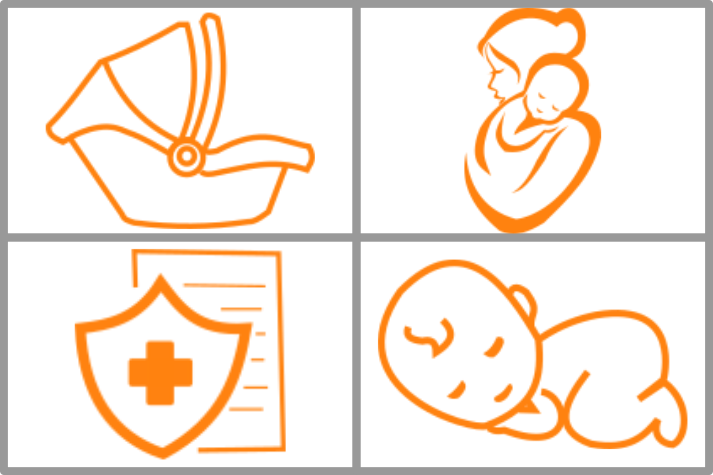


Medical device License # 6228-PS


Medical device License # 6228-PS
